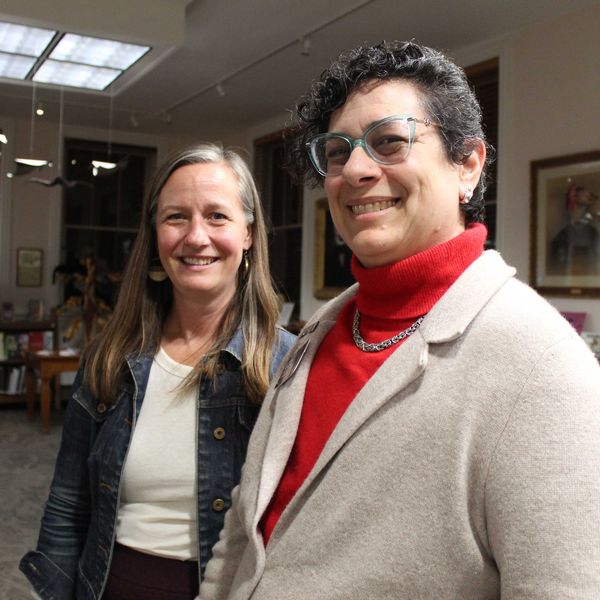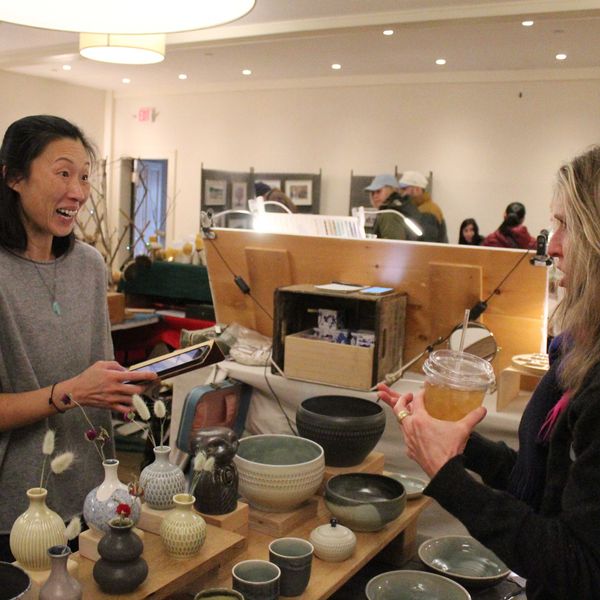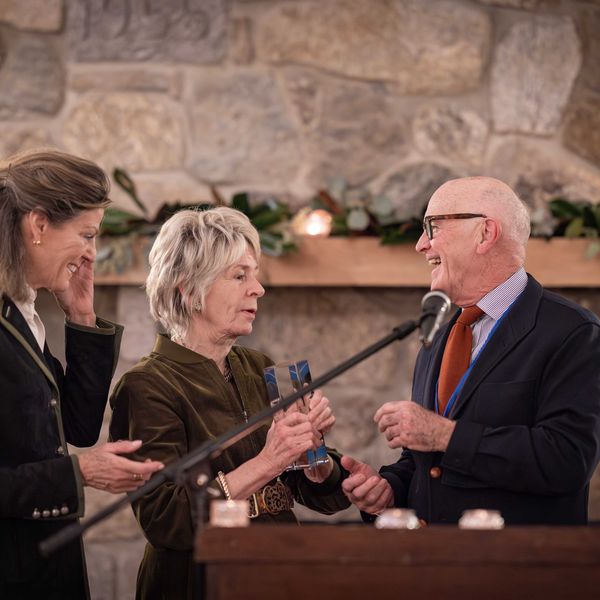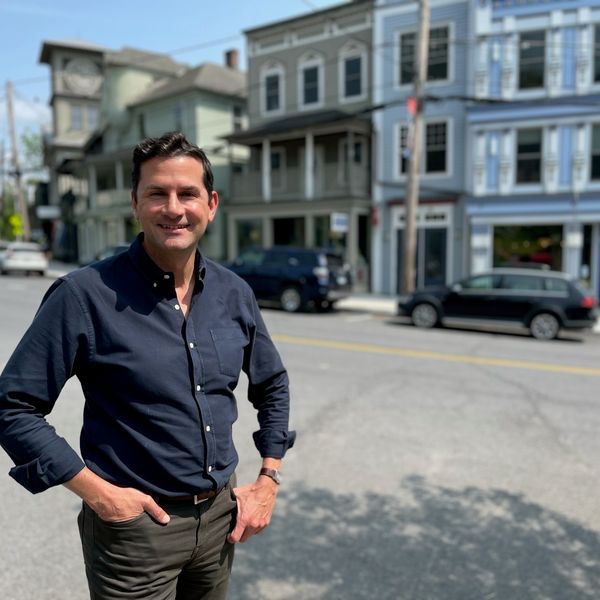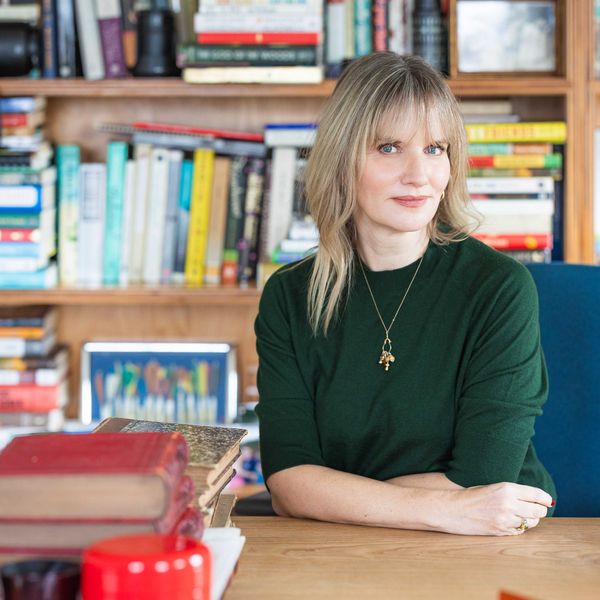Finding Balance by Getting on a Bike
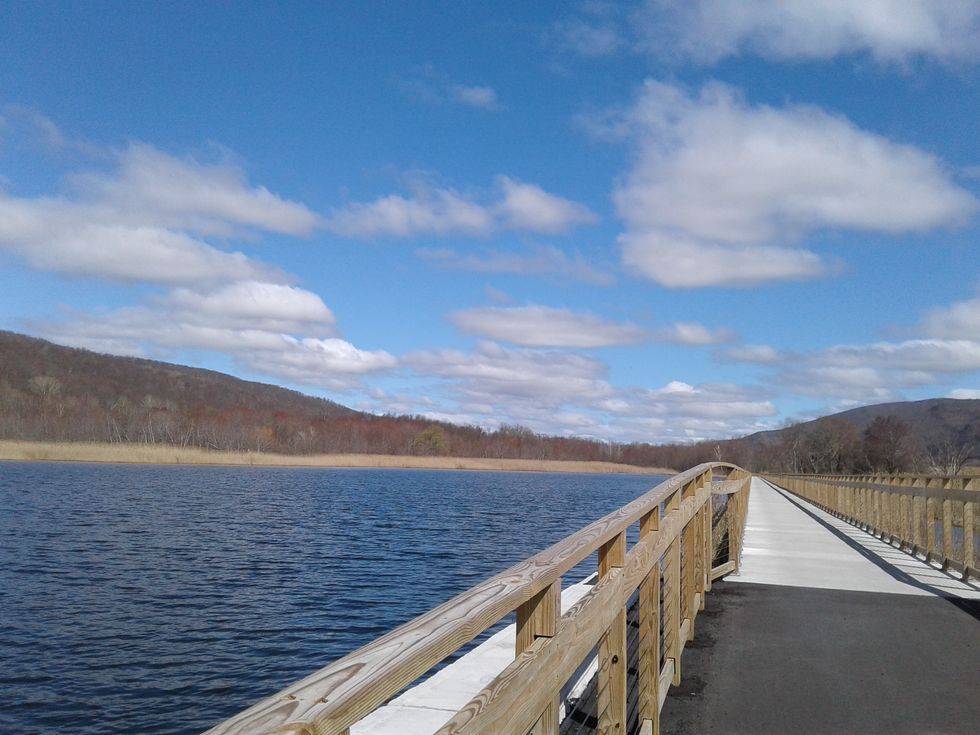
Riding along the Harlem Valley Rail Trail on a summer day, cyclists will soon experience the thrill of riding over the clear blue waters as they ride from the center of Millerton in the direction of Copake. Photo by Kaitlin Lyle
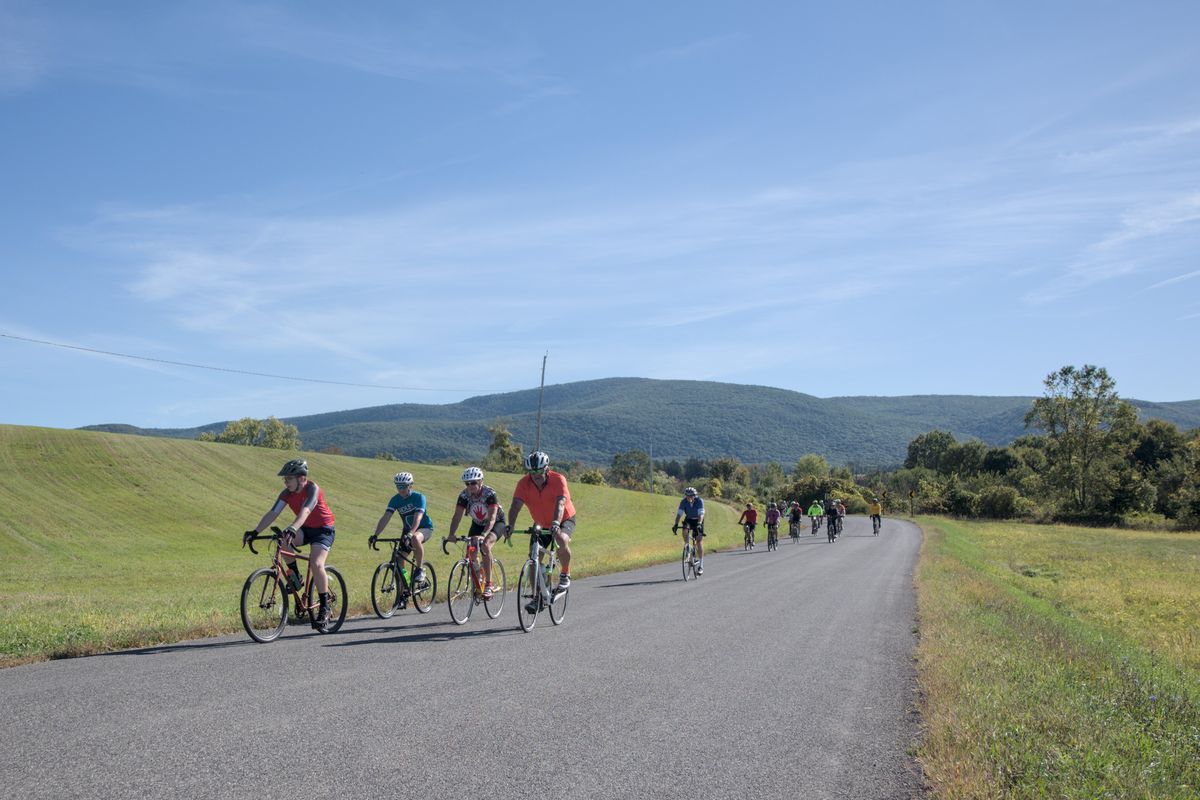
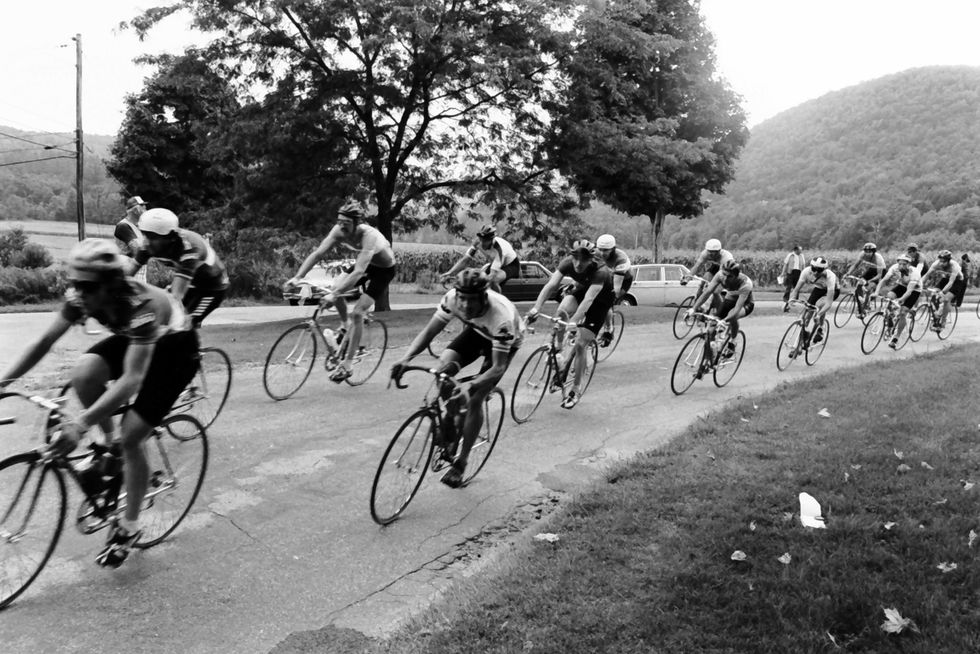

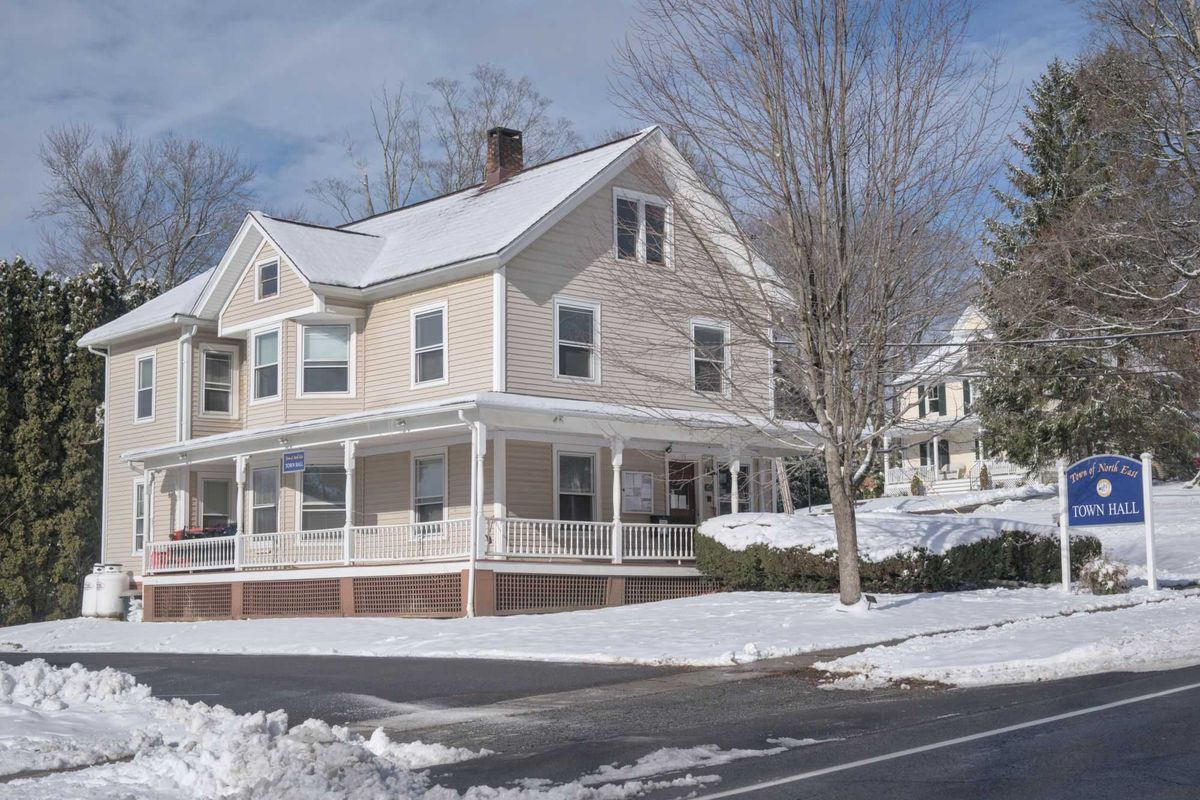

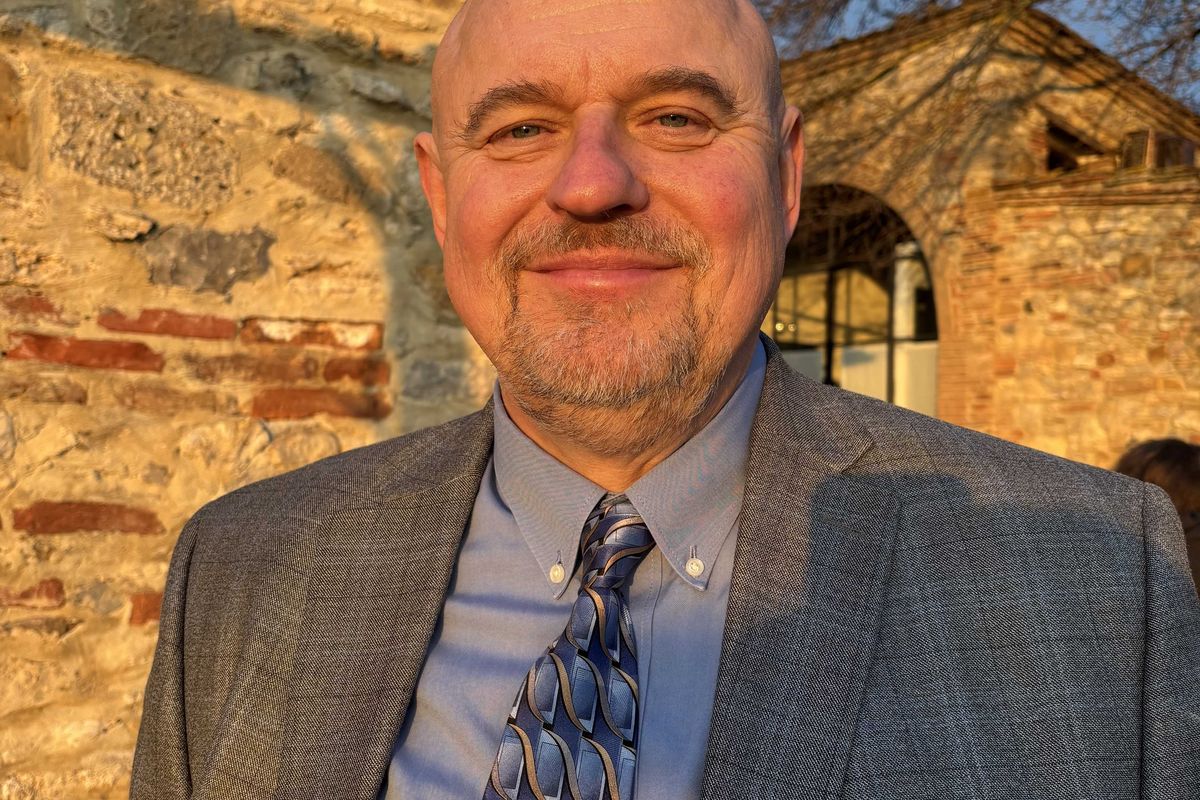
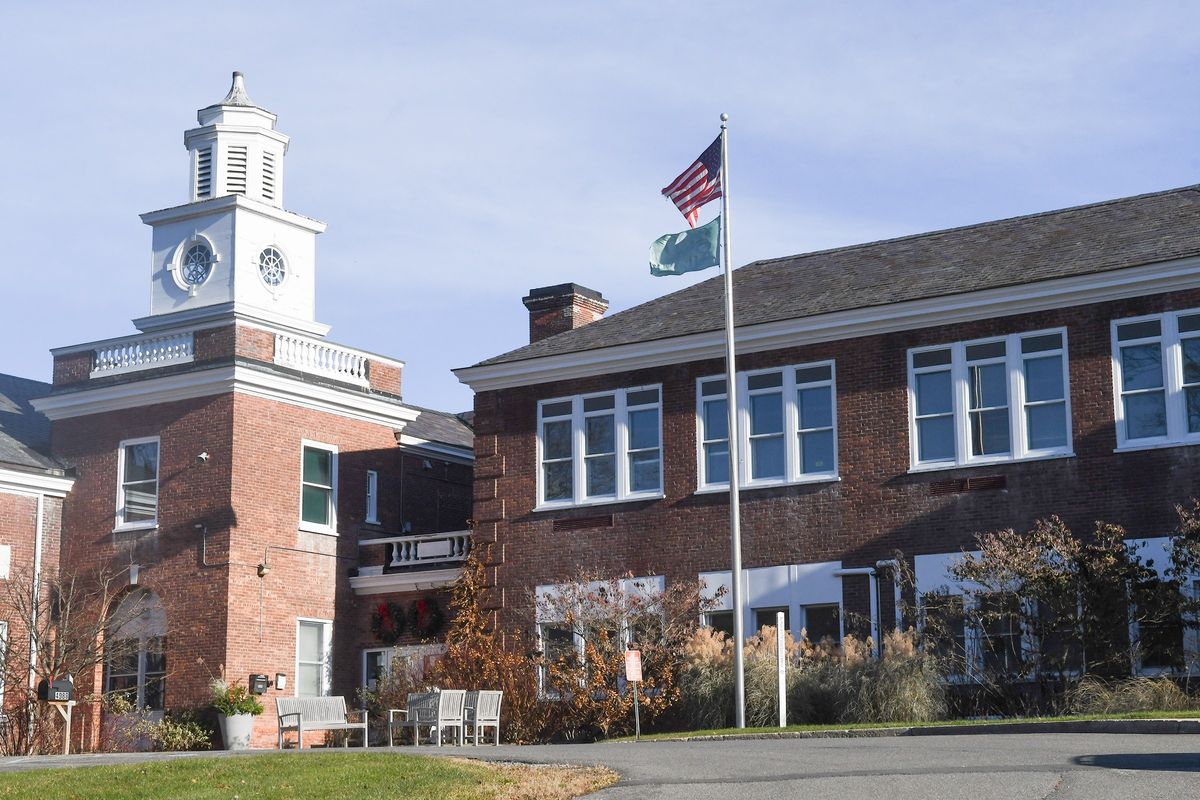







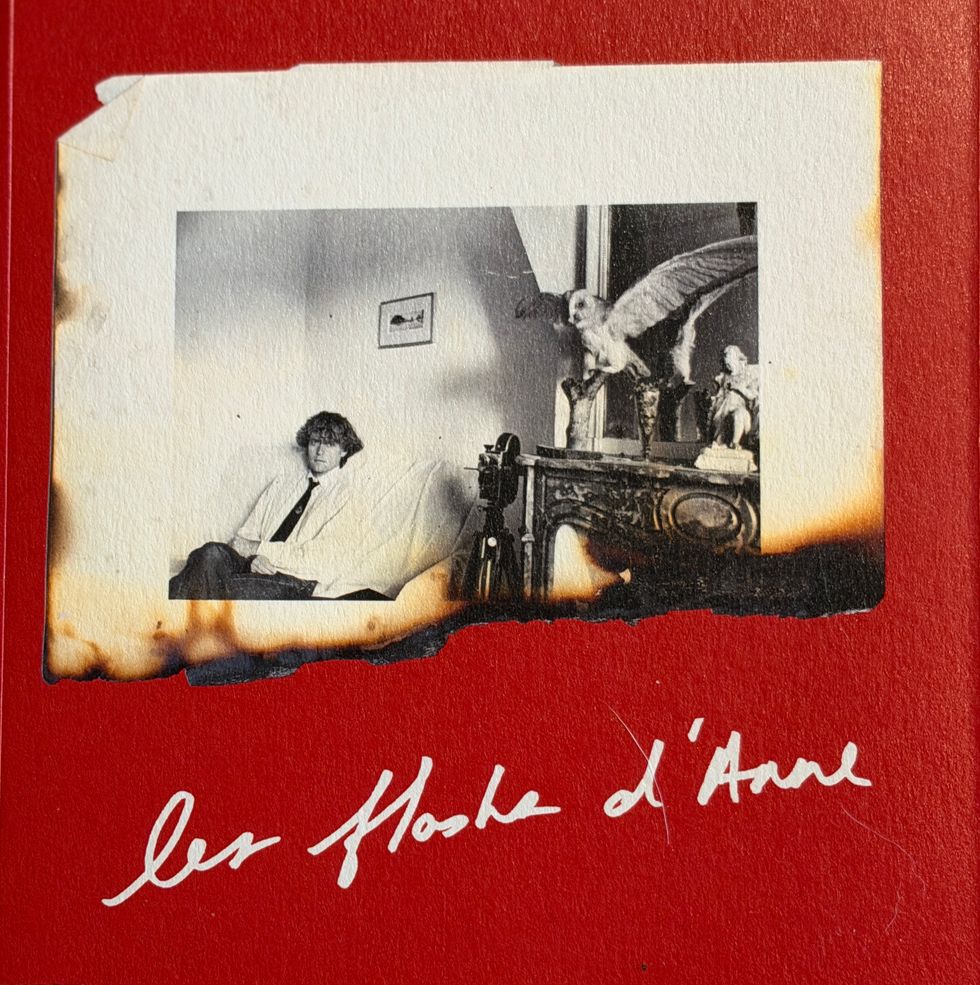 Cover of “Les Flashs d’Anne”Jennifer Almquist
Cover of “Les Flashs d’Anne”Jennifer Almquist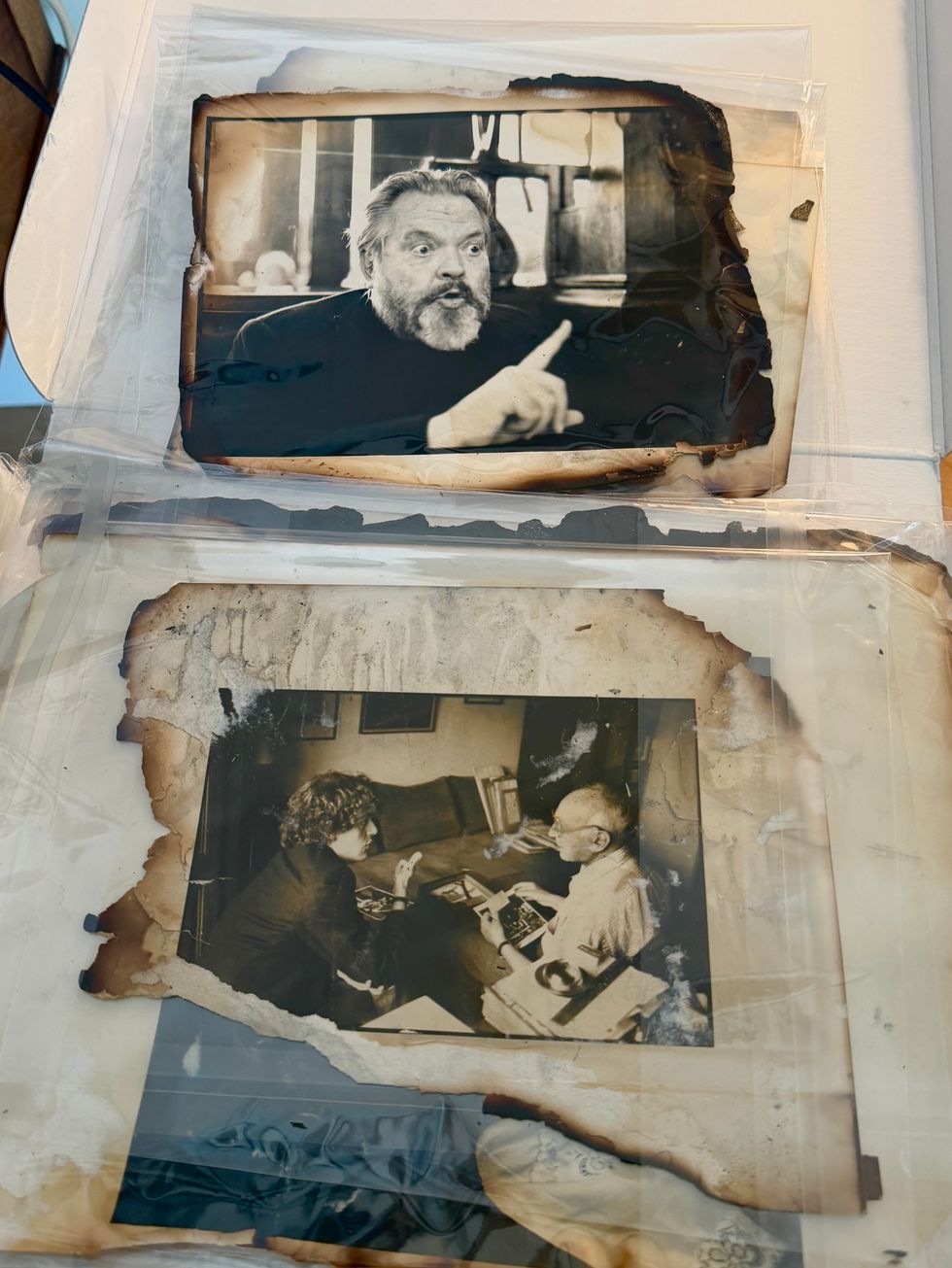 Orson Welles, top, and Hervé Guibert and André Kertész by Anne DayJennifer Almquist
Orson Welles, top, and Hervé Guibert and André Kertész by Anne DayJennifer Almquist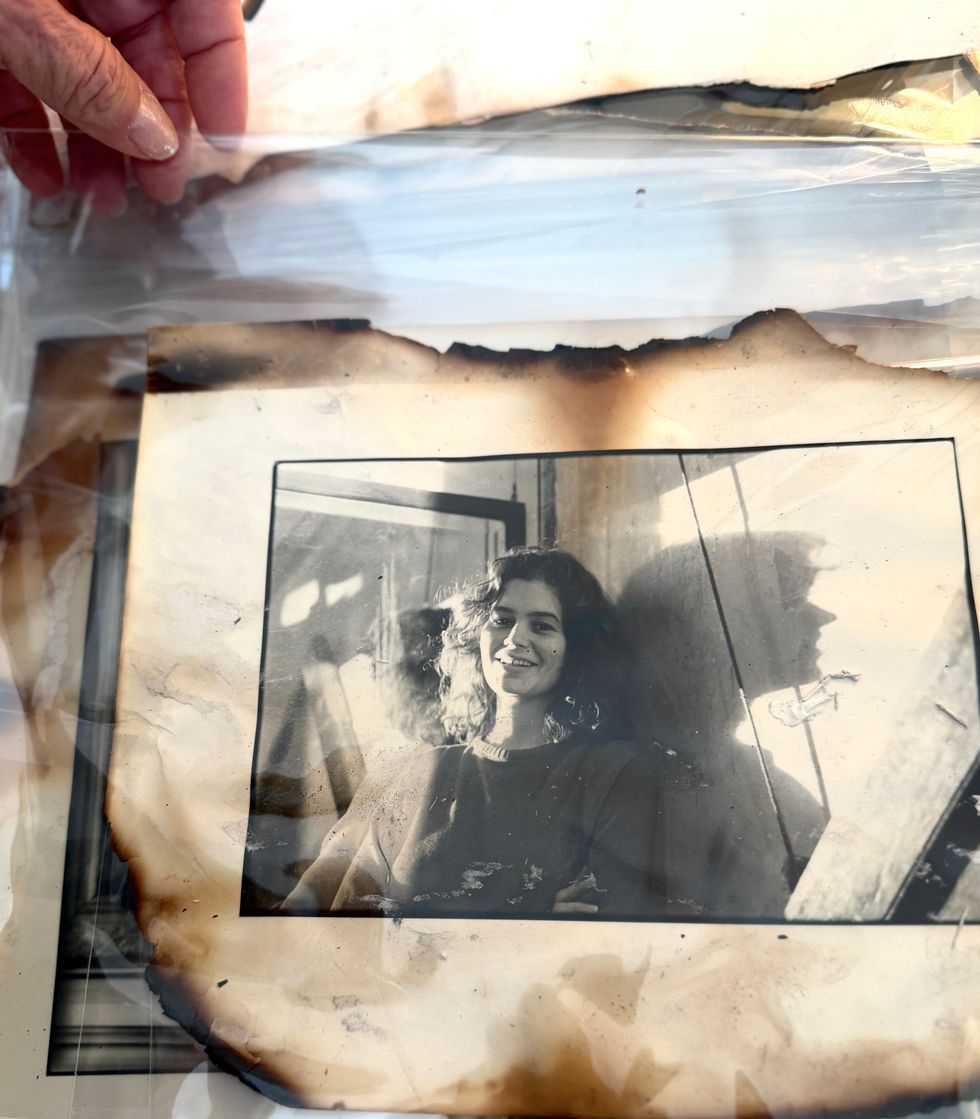 Self-portrait, New York City, 1981by Anne DayJennifer Almquist
Self-portrait, New York City, 1981by Anne DayJennifer Almquist